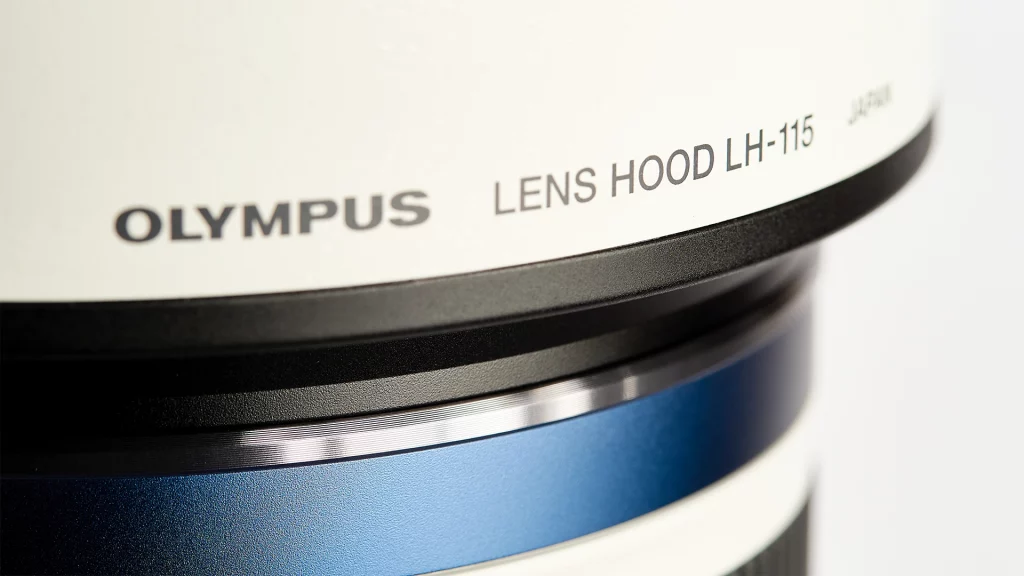Image stabilisation
Factors influenced by image stabilisation
- sharpness
- resolution
- image noise
At first glance, it might be incomprehensible, that image stabilization influences image quality, but if you think about it, it makes sense. A blurred picture is unusable as details that are available in theory are lost.
Image stabilization supports you when shooting with long focal length lenses and you can shoot handheld without raising the sensitivity. Image stabilization reduces image the image noise and increases therefore image quality. Today’s stabilization systems allow compensation of up to 7.5 EV steps, which means that you can shoot images out of and which normally would need 1/1000s with 1s exposure time. Here a comparison to show you the difference.




Interestingly also image stabilization has a connection to sensor size. The smaller the sensor the easier is it to construct the image stabilization. A small sensor is lighter and therefore it is possible to move it faster. As the sensor is lighter also less energy is needed.
Image Processor
Factors influenced by the image processor
- Sharpness
- Resolution
- Image noise
- Contrast
- Lens correction
Also, the image processor has an essential influence on the image quality. The image processor has the know-how to process raw data coming from the sensor to make a good image. If a new sensor is introduced in the market, all newly collected experiences will be included. This means the image quality will be increased. What this means I would like to visualize with the coming images. I took the same picture once with the Olympus E-M10 Mark II and once with the Olympus E-M10 Mark III. Both cameras are using the same image sensor, but do use different processor generations. Perfect to show the effect of processor development.




Despite the image taken with the E-M10 Mark III is taken with a sensitivity of 6400ISO, which means the sensitivity is 2 EV steps higher, the image noise of both images has the same level. Quick reminder, the sensor of both cameras is the same.
In addition to the image noise image, processors can increase image quality by correcting other parameters. For example, lens errors can be corrected digitally. Vignetting and chromatic aberration are in the meantime easy to correct.
Summary
Image quality is not determined by the sensor and its size but depends on a lot of factors. The four components lens, sensor, image stabilization, and image processor are influencing together image quality. Only in case, all four components have the highest quality you are getting also a high-quality result. Nowadays all systems can deliver enough quality for all needs. Therefore in my opinion the decision for a camera system should not be made based on sensor size alone. Size, weight, design, and handling are more important as those factors are influencing your creativity.




Pingback: Why it doesn’t makes sense to define 35mm format as standard. – Michael Guthmann